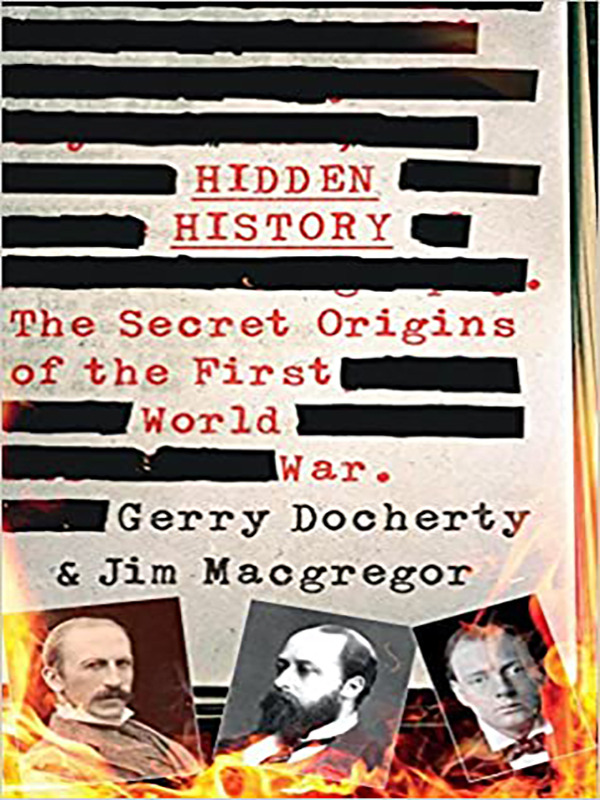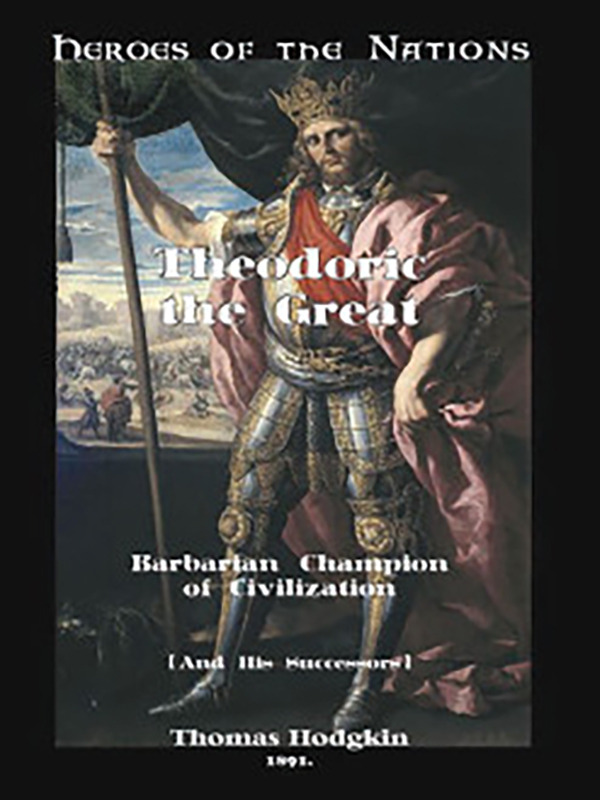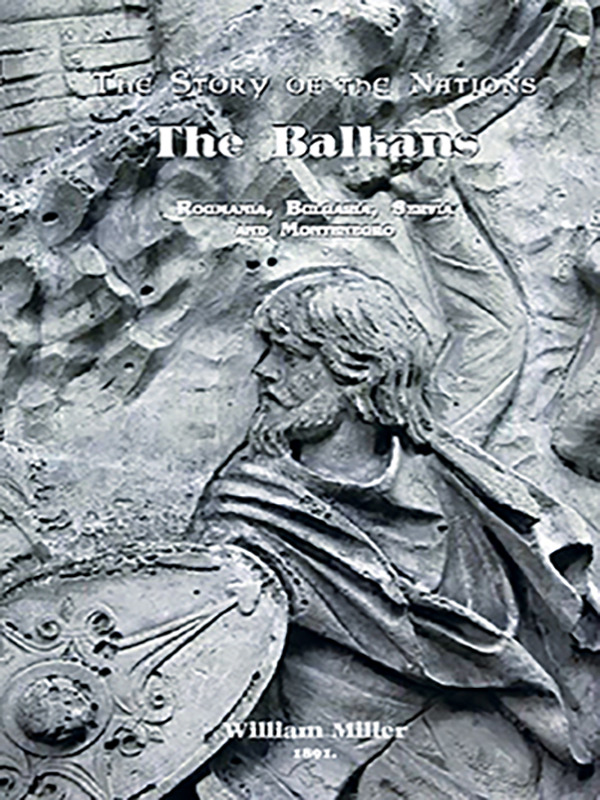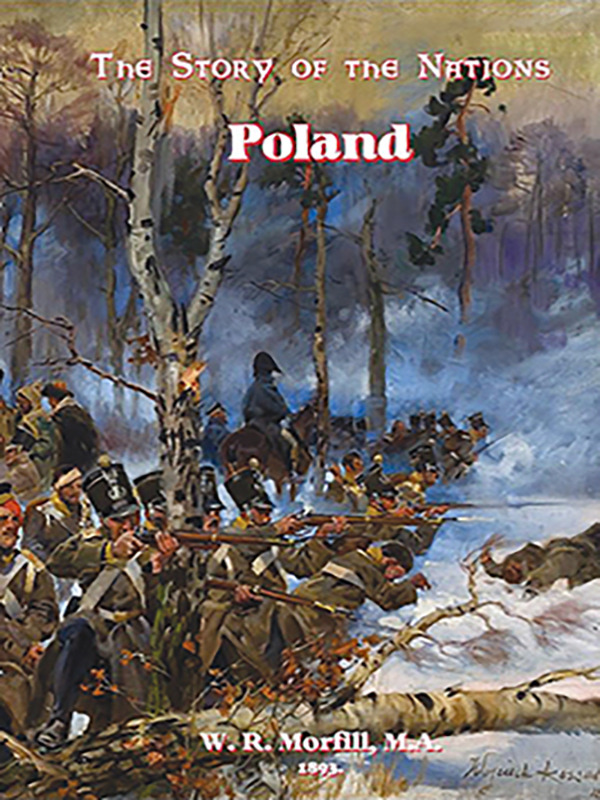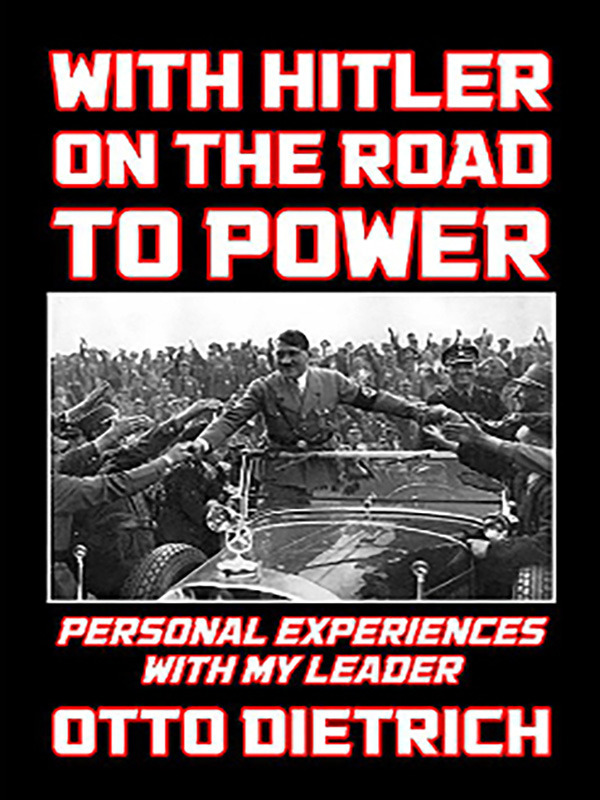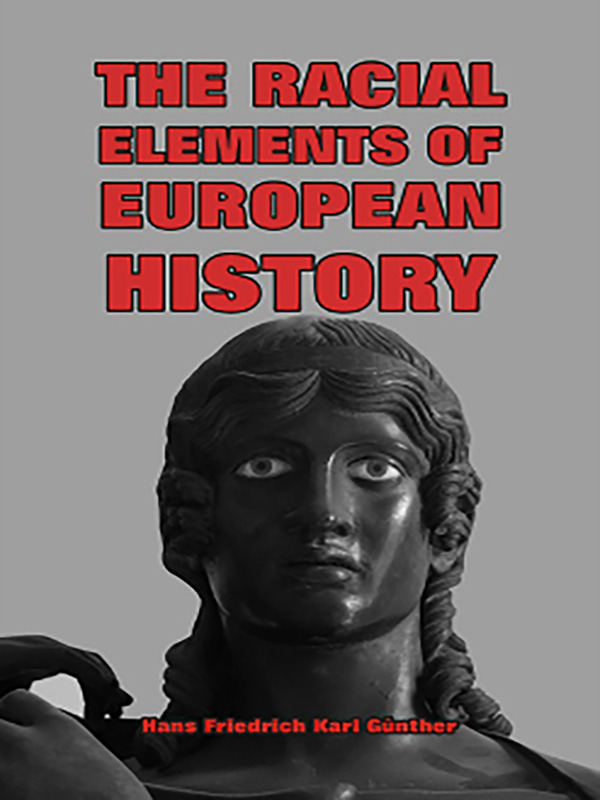The Hungarian Terror: Béla Kun Strangles a Nation
Dr. Ed Fields. Here is a short but powerful history of the brutal but little-known rule of Jewish Communist Béla Kun and his bloody henchmen in Hungary after World War I.
The Hungarian Soviet Republic was a short-lived communist regime that emerged in the aftermath of World War I and the collapse of the Austro-Hungarian Empire. In March 1919, Kun, a Marxist revolutionary who had spent time in Russia during the Bolshevik Revolution. Amidst social unrest, economic collapse, and territorial losses imposed by the Allies, the existing government ceded power to Kun and his Hungarian Communist Party, establishing a Soviet-style republic modeled after Lenin's regime in Russia.Hidden History: The Secret Origins of the First World War
This book uniquely exposes those responsible for the First World War. It reveals how accounts of the war’s origins have been deliberately falsified to conceal the guilt of the secret cabal of very rich and powerful men in London responsible for the most heinous crime perpetrated on humanity. For ten years, they plotted the destruction of Germany as the first stage of their plan to take control of the world. The assassination of Archduke Franz Ferdinand was no chance happening. It lit a fuse that had been carefully set through a chain of command stretching from Sarajevo through Belgrade and St Petersburg to that cabal in London.
Theodoric the Great: Barbarian Champion of Civilization
Odoacer represented the low point of Italian history. He was a German warrior who became the first king of Italy in 476 after leading the revolt that threw out the last Roman emperor in the West, Romulus Augustus. Then, after assuming total power of the empire, Odoacer did next to nothing with it. There were no grand buildings, no funding of literature, no artistic advancements, no great works of engineering, although he did terrorize his neighbors, one of whom was Theodoric, King of the Goths. After invading Italy and forcing Odoacer into Ravenna and soon thereafter obtaining his surrender, Theodoric slew Odoacer at a reconciliation banquet. Theodoric immediately began restoring ancient monuments in Rome, including the Colosseum and Theater of Pompey. He also built an impressive palace and had a massive mausoleum constructed for himself.
The Story Of Nations: The Balkans
By William Miller. Here is the story of the nations of Romania, Bulgaria, Serbia & Montenegro, written in the days before the poison of political correctness destroyed simple factual accounts of the history of our people. Told in the classic, clear, and unambiguous style of historians unfettered by the demands to be “politically correct,” these classic works are a treasure trove of facts and history which will not be found in the modern “court historian” version which have been censored by the powers-that-be.
The Story Of Nations: Poland
By William Richard Morfill. Here is the story of the nation of Poland, written in the days before the poison of political correctness destroyed simple factual accounts of the history of our people. Told in the classic, clear, and unambiguous style of historians unfettered by the demands to be “politically correct,” these classic works are a treasure trove of facts and history which will not be found in the modern “court historian” version which have been censored by the powers-that-be.
The Story Of Nations: Wales
By Owen M. Edwards. Here is the story of the nation of Wales, written in the days before the poison of political correctness destroyed simple factual accounts of the history of our people. Told in the classic, clear, and unambiguous style of historians unfettered by the demands to be “politically correct,” these classic works are a treasure trove of facts and history which will not be found in the modern “court historian” version which have been censored by the powers-that-be.
With Hitler on the Road to Power
By Otto Dietrich. Subtitled “Personal Experiences with my Leader,” this work, written by Adolf Hitler’s chief of press in 1934, details the three tumultuous election campaign years from 1930 through to the coming to power of the NSDAP in January 1933. The author formed part of Hitler’s inner circle and campaign staff during this period—which included six full elections in two-and-a-half years—and later went on to become the chancellor’s personal press officer. Starting with a short backgrounder of the growth of the National Socialist party, Dietrich then springs into a vivid description of the exhausting and intense electoral campaigns. Many fascinating details are included, such as Hitler’s hectic speaking schedule, and his ground-breaking—and sometimes highly dangerous—innovation of flying to meetings up and down the country. Hitler’s schedule, Dietrich recalled, was so intense that his entourage had trouble keeping up with him.
The Racial Elements of European History
By H. F. K. Günther. This long-suppressed work by one of Germany’s foremost racial thinkers was first published in English in 1927. The author, an unabashed Nordicist, provides a remarkable oversight of the concept of race, defines five different European races and discusses their physical and mental characteristics. He then discusses non-European racial influences in Europe, the effect of environment, inheritance and racial mixture, before moving into an outline of the distribution of these races. The longest part of the book is taken up with a fascinating and referenced overview of European racial history, with a strong emphasis on the role played by the Nordic subgroup. Finally he looks at the future racial situation in Europe


